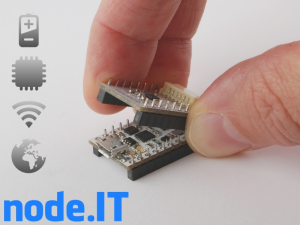 The NodeIT by Sweet Pea’s is an extendable, minimal IoT thing being launched on kickstarter right now. The project has already been funded, but is still open to additional backers.
The NodeIT by Sweet Pea’s is an extendable, minimal IoT thing being launched on kickstarter right now. The project has already been funded, but is still open to additional backers.
Based on the ESP8266, the core module, called ESP210, provides an MCU with WiFi capabilities. In true arduino style, it supports stackable modules called “+1” modules. These add sensors and other features to the system. Currently, there are 5 “+1” modules available, but more are under development. The available boards are:
- BatOne, implementing a Li Ion charger
- EnvironOne, providing sensors for measuring light, temperature, moist and barometric pressure
- Io4One, adds 4 additional GPIO lines with interrupt capabilities
- Adc4One, adds 4 ADC channels
- RtcOne, provides a battery backed up real time clock with a unique EUI64 address
In addition to these boards, the Workstation40 boards adds 8 ADC channels, 8 GPIO pins and 6 PWM/timer/counter pins. This board breaks the form factor to fit all the pins, but the NodeIT is still stackable when connected.
All boards communicate over an I2C bus, reducing the number of pins used up for this purpose at the cost of limiting the bandwidth. However, given the purpose of the NodeIT, the I2C bus is probably not a problem.
The system comes with an IDE based on the Arduino IDE. This might not be the prettiest IDE around, but it works. Additional software for the NodeIT can be found on the project’s github page.
Via ThingSpeak.

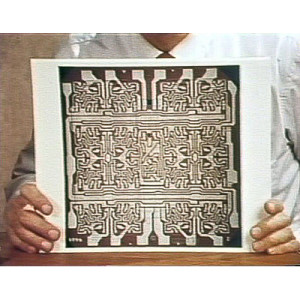
 The Raspberry Pi foundation has just released a long blog post
The Raspberry Pi foundation has just released a long blog post 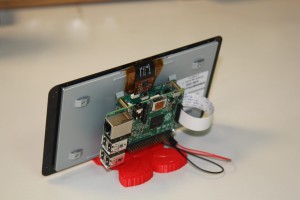
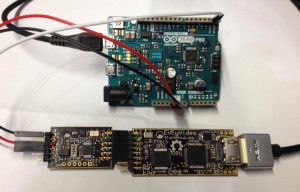 The
The  The
The 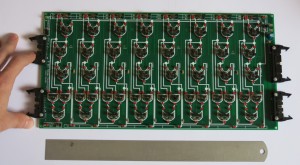 Taking on the most complex, miniaturized part of a computer and going in the other direction takes a special kind of mind. Doing it “because I want to” takes it to the next level.
Taking on the most complex, miniaturized part of a computer and going in the other direction takes a special kind of mind. Doing it “because I want to” takes it to the next level.